Code
HCS30578
Weight
300 gm / 0.66 lbs
Size
Height
152cm (60") Width
100cm (39") Material
cotton Canvas
Availability
Available

Safe Payment
We accept Paypal, Money Transfer, Bank Transfer
Confidence
Protection covers your purchase and personal data.
Worldwide Delivery
We ship Worldwide, except Russia.Shipping cost US$25.2 for upto 0.5 kgs

Hotline
Talk to help line for your question on 9841267335Rare Find : what is a Rare find?
This Sitatapatra Thangka, Tibetan Buddhist Art, Hand Painted, [real Gold], [rare Find] is a rare find product, The Rare Find product is an uncommon and elusive product that is difficult to find and likely the only one available for sale. Once sold, Sitatapatra Thangka, Tibetan Buddhist Art, Hand Painted, [real Gold], [rare Find] will be removed from the listings or marked as sold. This rarity and exclusivity make it highly sought-after by collectors and enthusiasts, offering a unique and irreplaceable addition to any collection.
This Sitatapatra Thangka, Tibetan Buddhist Art, Hand Painted, [real Gold], [rare Find] is a rare find product, The Rare Find product is an uncommon and elusive product that is difficult to find and likely the only one available for sale. Once sold, Sitatapatra Thangka, Tibetan Buddhist Art, Hand Painted, [real Gold], [rare Find] will be removed from the listings or marked as sold. This rarity and exclusivity make it highly sought-after by collectors and enthusiasts, offering a unique and irreplaceable addition to any collection.
Use of Real Gold
This thangka of Sitatapatra Thangka, Tibetan Buddhist Art, Hand Painted, [real Gold], [rare Find] has real gold painted on its surface along with other paints. This is an ancient process of decorating the thangka in Tibetan Buddhism, Here gold is ground into gold dust, which is then mixed with other undisclosed material to make it paintable on the canvas. this mixture is then mixed with transparent glue and painted on the thangka. Read More . . .
This thangka of Sitatapatra Thangka, Tibetan Buddhist Art, Hand Painted, [real Gold], [rare Find] has real gold painted on its surface along with other paints. This is an ancient process of decorating the thangka in Tibetan Buddhism, Here gold is ground into gold dust, which is then mixed with other undisclosed material to make it paintable on the canvas. this mixture is then mixed with transparent glue and painted on the thangka. Read More . . .
Introduction to Thangka
A thangka, also known as tangka, thanka, or tanka, is a vibrant and intricate Tibetan Buddhist painting that serves as a visual representation of spiritual teachings. Crafted with meticulous detail on cotton or silk appliqué, thangkas depict a wide range of subjects including Buddhist deities, sacred scenes, mandalas, and narrative stories. These sacred artworks are traditionally kept unframed and rolled up for storage, resembling ancient scrolls. To protect their delicate nature, thangkas are mounted on textile backings and often adorned with a silk cover on the front. Proper preservation in dry environments is crucial to maintain the integrity and longevity of the silk. Read More . . .
A thangka, also known as tangka, thanka, or tanka, is a vibrant and intricate Tibetan Buddhist painting that serves as a visual representation of spiritual teachings. Crafted with meticulous detail on cotton or silk appliqué, thangkas depict a wide range of subjects including Buddhist deities, sacred scenes, mandalas, and narrative stories. These sacred artworks are traditionally kept unframed and rolled up for storage, resembling ancient scrolls. To protect their delicate nature, thangkas are mounted on textile backings and often adorned with a silk cover on the front. Proper preservation in dry environments is crucial to maintain the integrity and longevity of the silk. Read More . . .
Brief Introduction :
Sitātapatrā (Sanskrit: "White Parasol",) is a protector against supernatural danger. She is venerated in both the Mahayana and Vajrayana traditions. She is also known as Uṣṇīṣa Sitātapatrā. It is believed that Sitātapatrā is a powerful independent deity emanated by Gautama Buddha from his uṣṇīṣa. Whoever practices her mantra will be reborn in Amitābha's pure land of Sukhāvatī as well as gaining protection against supernatural danger and witchcraft
Forms :There are several different forms of Sitatapatra including: with one face and two arms; with three faces and six arms; with three faces and eight arms; with three faces and ten arms; with five faces and ten arms; and, with 1000 faces, 1000 arms and 1000 legs
Symbolism :Sitātapatrā is one of the most complex Vajrayana goddesses. According to Miranda Shaw in the Buddhist Goddesses of India, Sitātapatrā emerged from Buddha's uṣṇīṣa when he was in the Trāyastriṃśa heaven.[citation needed] The Buddha announced her role to "cut asunder completely all malignant demons, to cut asunder all the spells of others...to turn aside all enemies and dangers and hatred." Sitātapatrā's benign and beautiful form belies her ferocity as she is a "fierce, terrifying goddess, garlanded by flames, a pulverizer of enemies and demons."
In the Mahayana Sitatapatra Sutra, she is called Aparājita "Undefeatable, Unconquerable" and is also identified as a form of goddess Tārā.
In other sutras, she is regarded as a female counterpart to Avalokiteśvara, the bodhisattva of compassion. Like him, Sitātapatrā manifests in many elaborate forms: having a thousand faces, arms and legs, or simply as a feminine deity of great beauty. Known foremost for her "white parasol" she is most frequently attributed with the "golden wheel". The auspiciousness of the turning of the dharma wheel is symbolic of Buddhism, both in its teachings and realizations.
In the Mahayana Sitatapatra Sutra, she is called Aparājita "Undefeatable, Unconquerable" and is also identified as a form of goddess Tārā.
In other sutras, she is regarded as a female counterpart to Avalokiteśvara, the bodhisattva of compassion. Like him, Sitātapatrā manifests in many elaborate forms: having a thousand faces, arms and legs, or simply as a feminine deity of great beauty. Known foremost for her "white parasol" she is most frequently attributed with the "golden wheel". The auspiciousness of the turning of the dharma wheel is symbolic of Buddhism, both in its teachings and realizations.


![Sitatapatra Thangka, Tibetan Buddhist Art, Hand Painted, [real Gold], [rare Find]](https://handicraftseller.com/uploads/pics/product/thumb/2023/08/30578_1.jpg)
![Sitatapatra Thangka, Tibetan Buddhist Art, Hand Painted, [real Gold], [rare Find]](https://handicraftseller.com/uploads/pics/product/thumb/2023/08/30578_2.jpg)
![Sitatapatra Thangka, Tibetan Buddhist Art, Hand Painted, [real Gold], [rare Find]](https://handicraftseller.com/uploads/pics/product/thumb/2023/08/30578_3.jpg)
![Sitatapatra Thangka, Tibetan Buddhist Art, Hand Painted, [real Gold], [rare Find]](https://handicraftseller.com/uploads/pics/product/thumb/2023/08/30578_4.jpg)
![Sitatapatra Thangka, Tibetan Buddhist Art, Hand Painted, [real Gold], [rare Find]](https://handicraftseller.com/uploads/pics/product/thumb/2023/08/30578_5.jpg)
![Sitatapatra Thangka, Tibetan Buddhist Art, Hand Painted, [real Gold], [rare Find]](https://handicraftseller.com/uploads/pics/product/thumb/2023/08/30578.jpg)
![Sitatapatra Thangka, Tibetan Buddhist Art, Hand Painted, [real Gold], [rare Find]](https://handicraftseller.com/uploads/pics/product/thumb/2023/08/30578_0.jpg)










 of Umbrella Tara, Sitatapatra - Umbrella Goddess - Dugar,
of Umbrella Tara, Sitatapatra - Umbrella Goddess - Dugar, 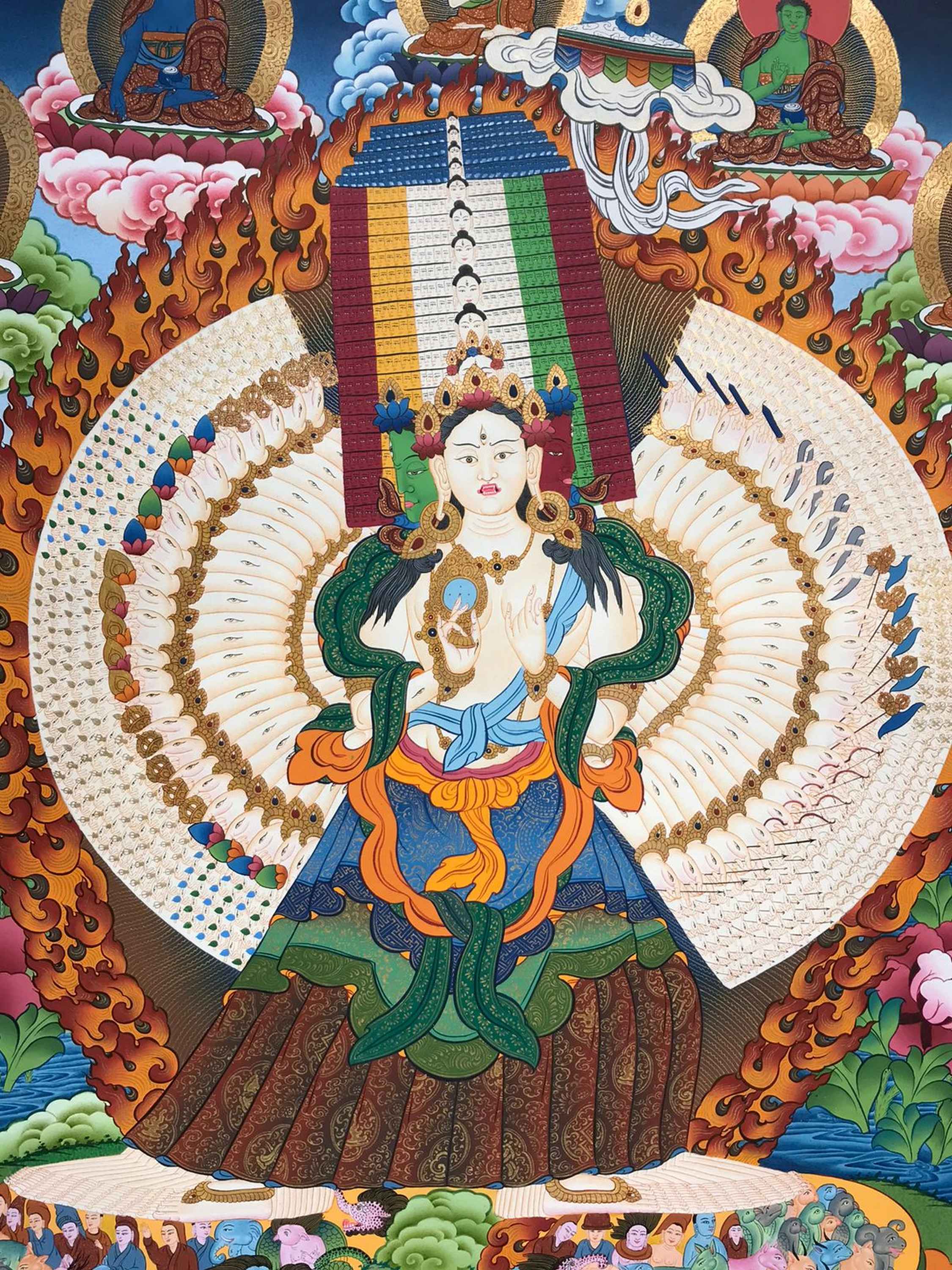 of Umbrella Tara, Sitatapatra - Umbrella Goddess - Dugar,
of Umbrella Tara, Sitatapatra - Umbrella Goddess - Dugar,  of Sitatapatra - Umbrella Goddess - Dugar,
of Sitatapatra - Umbrella Goddess - Dugar, 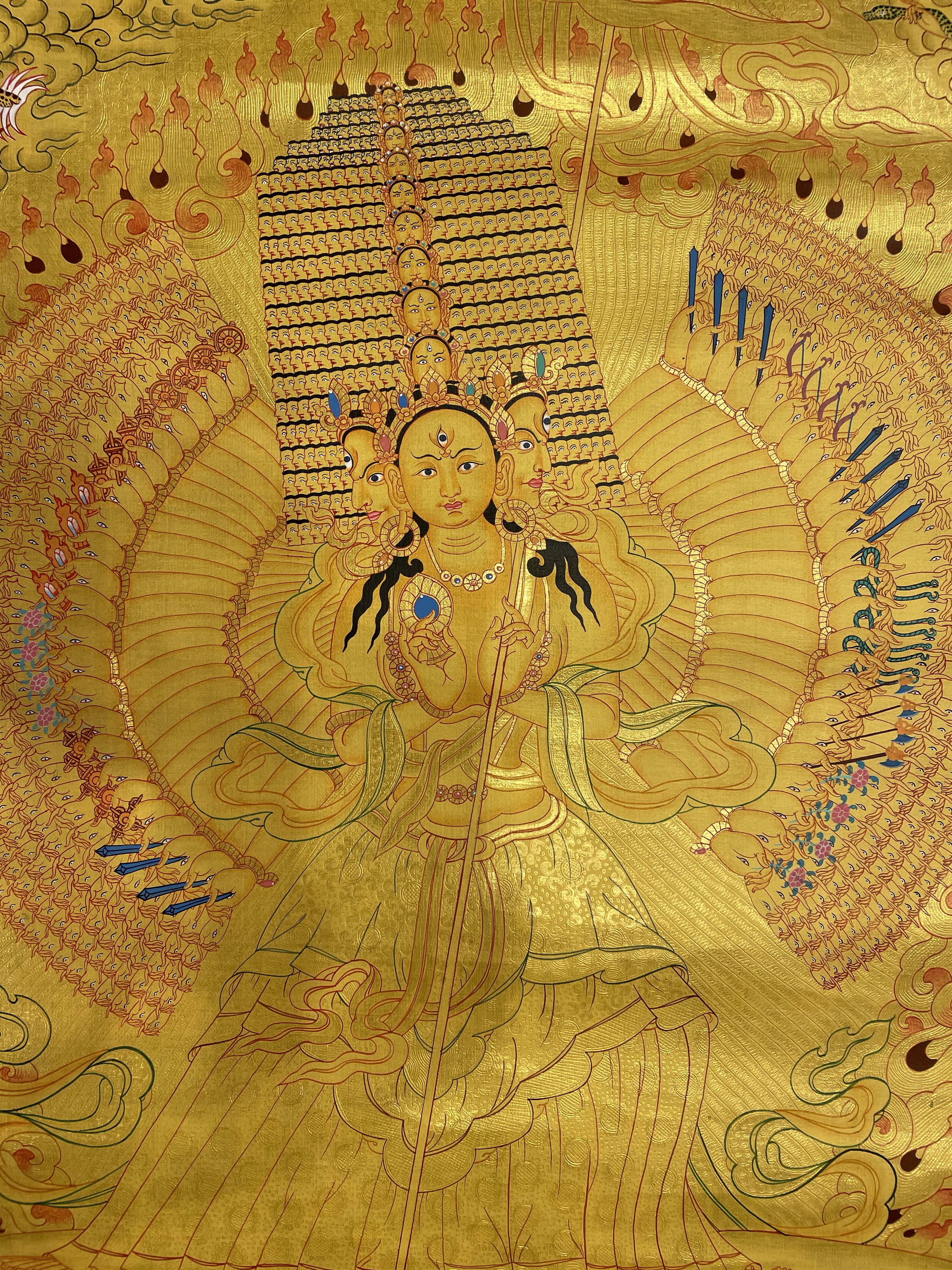 of Sitatapatra - Umbrella Goddess - Dugar,
of Sitatapatra - Umbrella Goddess - Dugar, 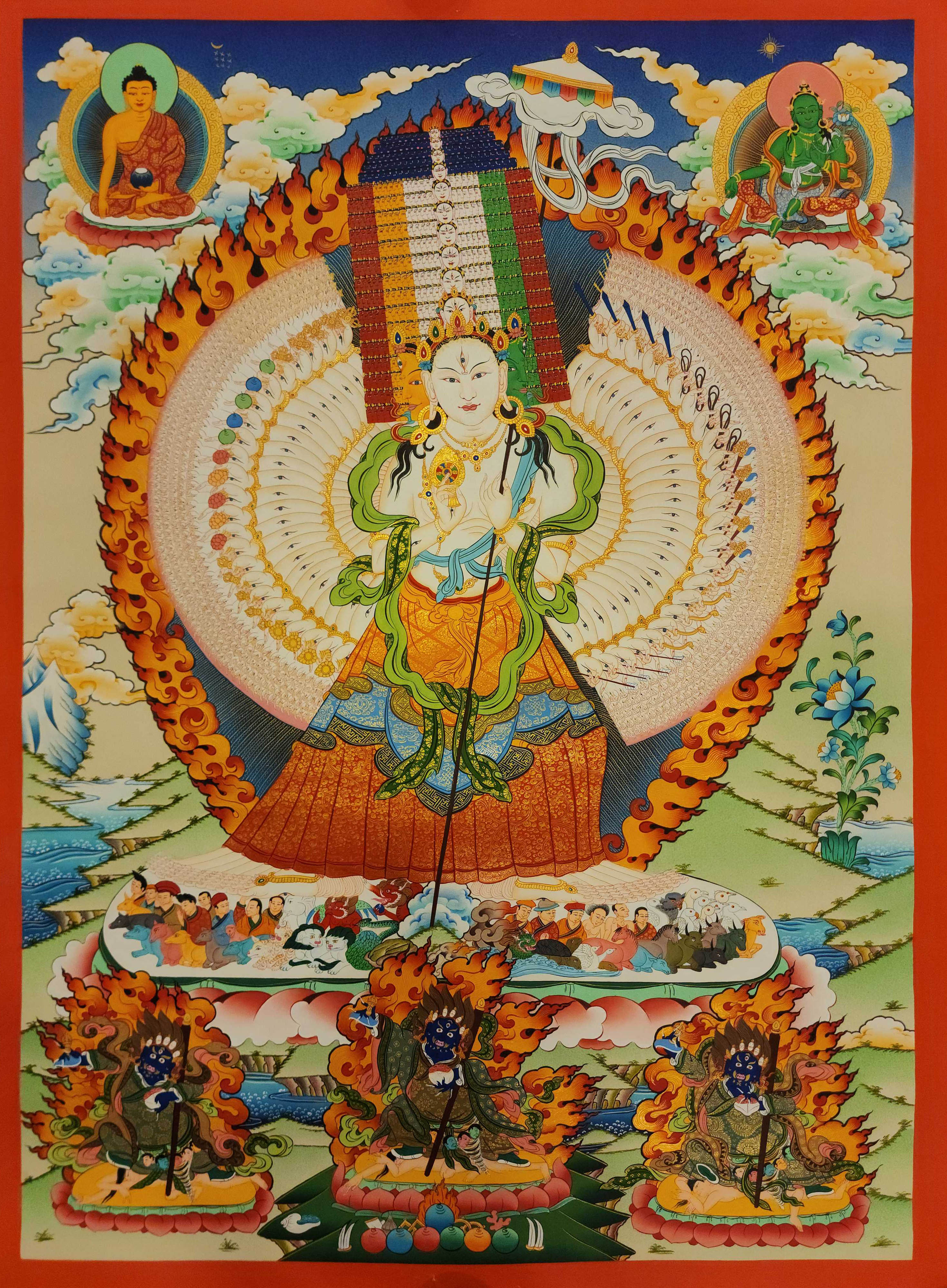 Real Gold" title="Sitatapatra - Umbrella Goddess - Dugar, Buddhist Handmade Thangka Painting,
Real Gold" title="Sitatapatra - Umbrella Goddess - Dugar, Buddhist Handmade Thangka Painting, 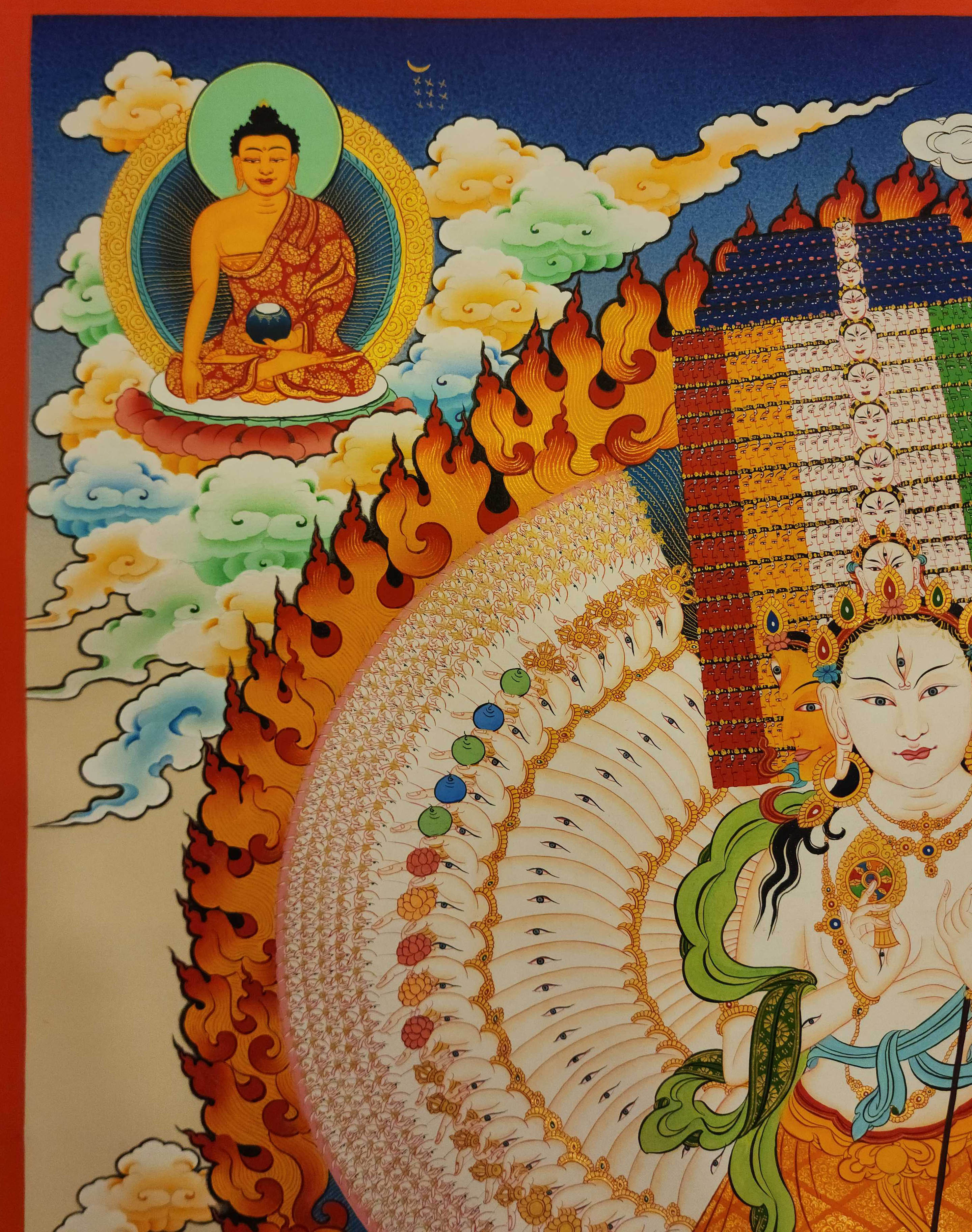 Real Gold" title="Sitatapatra - Umbrella Goddess - Dugar, Buddhist Handmade Thangka Painting,
Real Gold" title="Sitatapatra - Umbrella Goddess - Dugar, Buddhist Handmade Thangka Painting,  of Sahasrabhuja Avalokitesvara,
of Sahasrabhuja Avalokitesvara, 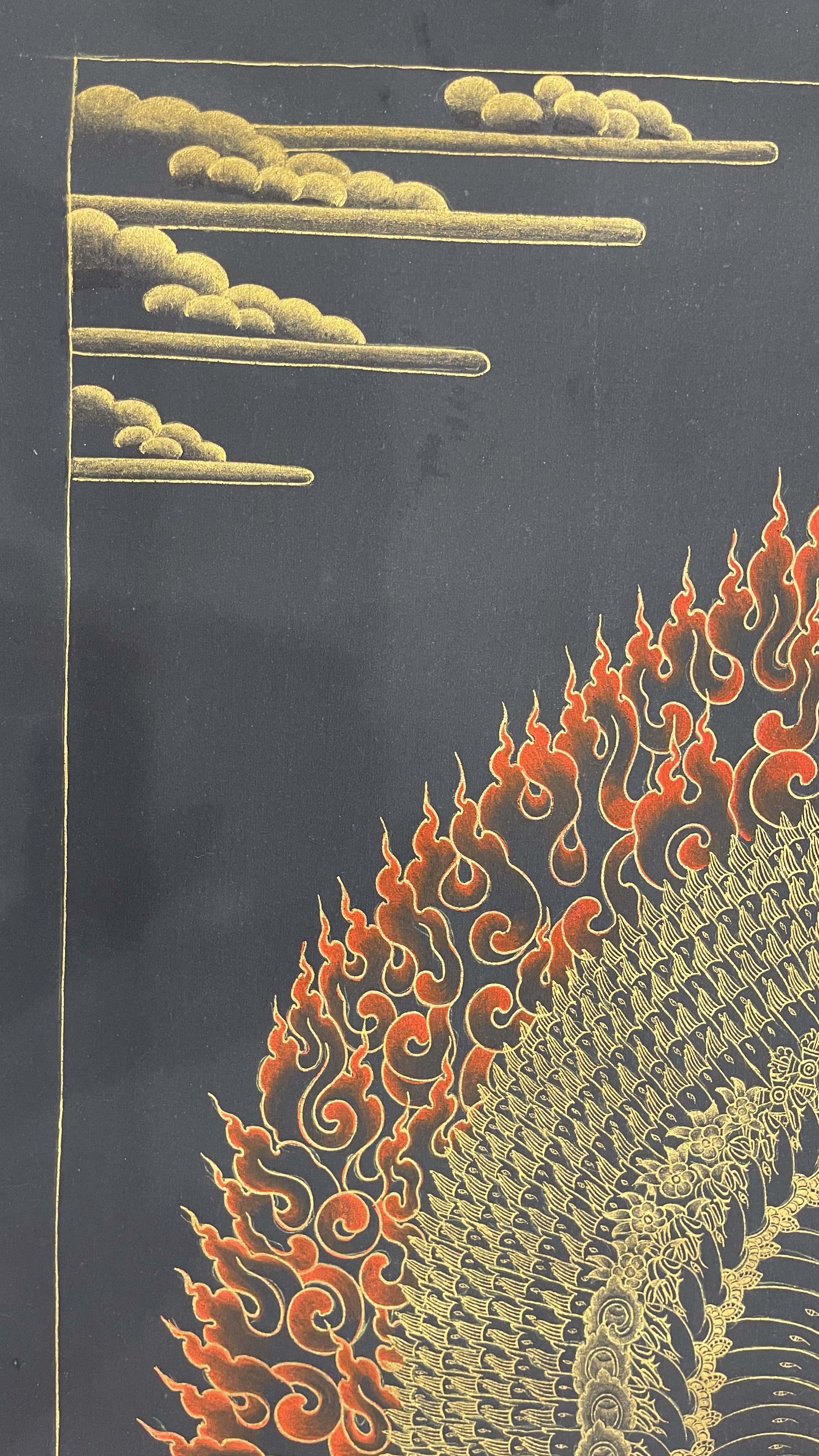 of Sahasrabhuja Avalokitesvara,
of Sahasrabhuja Avalokitesvara, 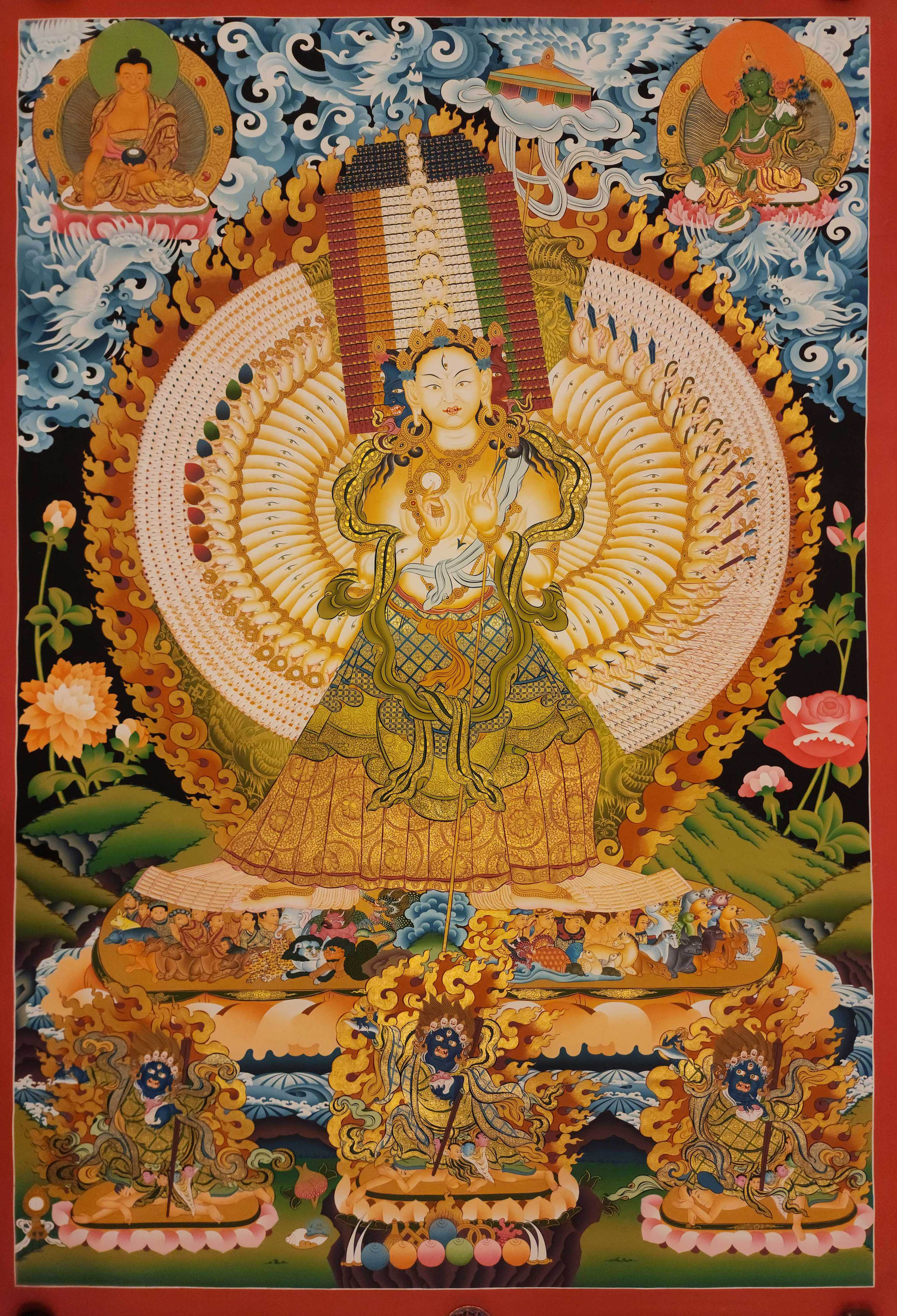 Sitatapatra - Umbrella Goddess - Dugar,
Sitatapatra - Umbrella Goddess - Dugar, 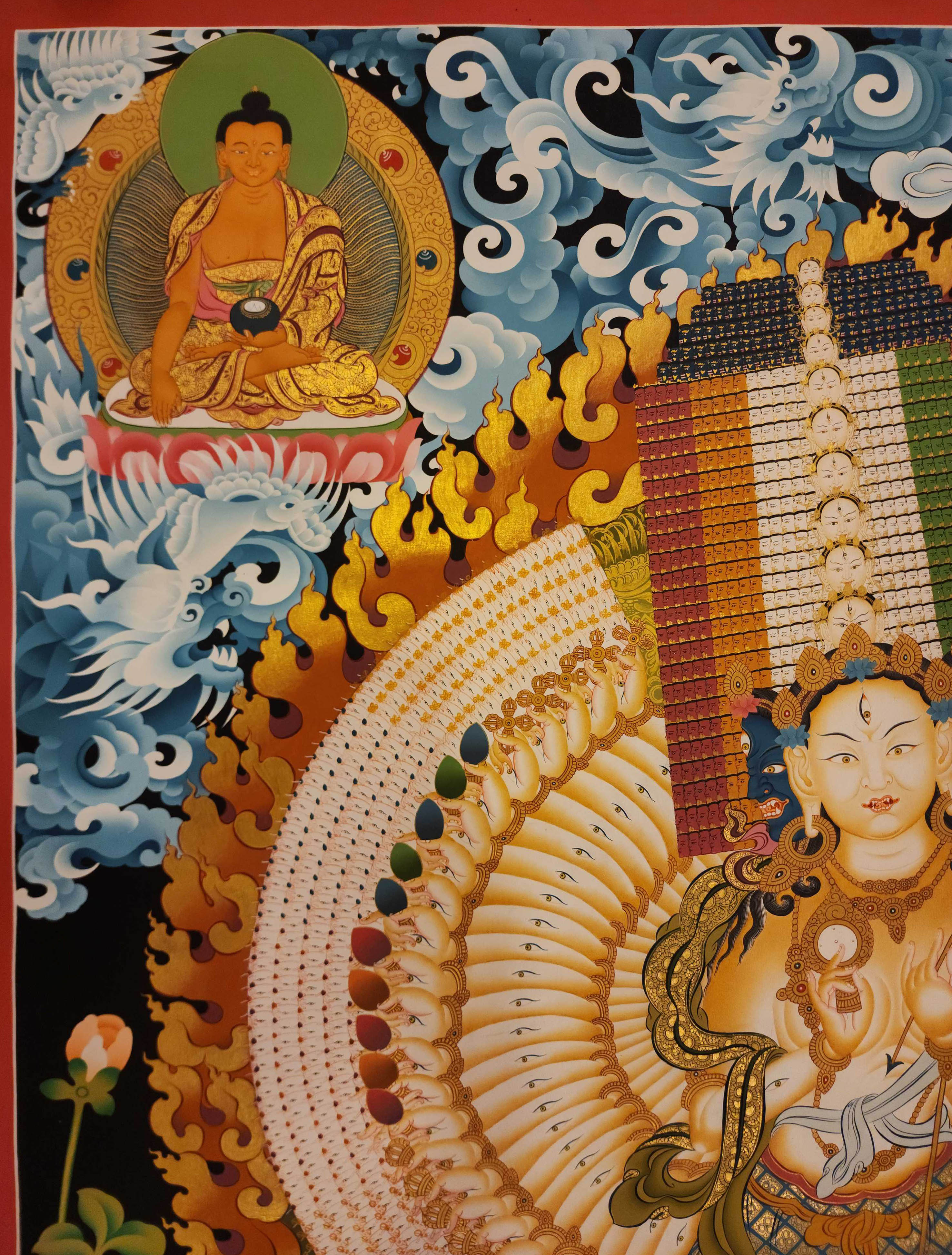 Sitatapatra - Umbrella Goddess - Dugar,
Sitatapatra - Umbrella Goddess - Dugar,